The crisp night skies above Chile’s Atacama Desert have long been a magnet for astronomers and stargazers alike. Home to some of the world’s most advanced observatories, the region’s high altitude, dry climate, and minimal light pollution create unparalleled conditions for celestial observation. Yet, as tourism and development expand, the delicate balance between progress and preservation has become a pressing concern. Among the most innovative solutions to this challenge is the rise of astronomy hotels—luxurious accommodations designed not only to offer guests an otherworldly experience but also to champion the fight against light pollution.
Nestled in the heart of the desert, these hotels are more than just places to sleep. They are sanctuaries of darkness, meticulously engineered to minimize artificial light interference. From shielded outdoor lighting to red-tinted indoor bulbs, every detail is calibrated to protect the integrity of the night sky. The architects behind these projects collaborate closely with astronomers, ensuring that their designs adhere to strict light pollution mitigation guidelines. The result is a seamless blend of luxury and environmental responsibility, where guests can marvel at the Milky Way in all its glory without contributing to the degradation of the very views they’ve come to admire.
The threat posed by light pollution extends far beyond aesthetics. For professional astronomers, even the faintest glow from a nearby town or poorly designed hotel can render sensitive instruments useless. Chile’s observatories, including the famed Paranal and ALMA sites, rely on the Atacama’s pristine skies to peer into the depths of the universe. The encroachment of artificial light could jeopardize decades of scientific research. Recognizing this, the Chilean government has implemented stringent regulations to curb light pollution, but enforcement remains a challenge. This is where the astronomy hotels have stepped in, setting a gold standard for sustainable tourism.
One such property, the Elqui Domos, has become a model for the industry. Its geodesic domes, equipped with retractable roofs, allow guests to stargaze from the comfort of their beds. The entire property operates on a dark-sky-friendly lighting system, and staff are trained to educate visitors on the importance of preserving the night environment. Nearby, the Alma Lodge takes the concept further, offering guided astronomy tours led by resident experts. These initiatives not only enhance the guest experience but also foster a deeper appreciation for the fragile ecosystem of the desert sky.
The success of these hotels has sparked a broader movement. Local communities, once reliant on traditional tourism, are now embracing astro-tourism as a sustainable alternative. Small businesses, from cafes to craft shops, are adapting their operations to reduce light emissions, creating a ripple effect across the region. Even larger resorts, once notorious for their glaring neon signs, are retrofitting their properties with compliant lighting. The shift underscores a growing recognition that the Atacama’s darkness is not just a scientific resource but an economic one as well.
Despite these advancements, challenges persist. The rapid growth of astro-tourism brings with it the risk of overdevelopment. Without careful planning, the very industry that seeks to celebrate the night sky could inadvertently destroy it. Advocates stress the need for ongoing education, both for tourists and developers, to ensure that new projects prioritize darkness as a non-negotiable asset. International organizations, such as the International Dark-Sky Association, have begun partnering with Chilean stakeholders to promote best practices and certify compliant hotels.
Looking ahead, the story of Chile’s astronomy hotels offers a blueprint for other regions grappling with light pollution. From the deserts of Arizona to the mountains of Hawaii, destinations famed for their stellar views are taking note. The lesson is clear: economic growth and environmental stewardship need not be at odds. By designing with darkness in mind, we can preserve the cosmos for generations to come—one hotel at a time.

By /Jun 9, 2025

By /Jun 9, 2025

By /Jun 9, 2025
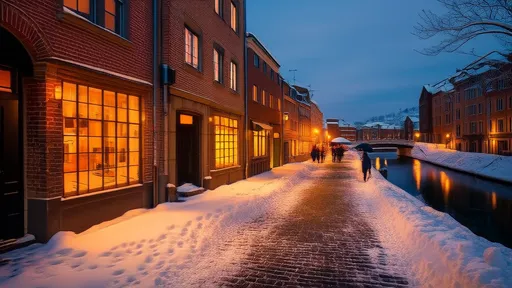
By /Jun 9, 2025

By /Jun 9, 2025

By /Jun 9, 2025

By /Jun 9, 2025

By /Jun 9, 2025

By /Jun 9, 2025

By /Jun 9, 2025
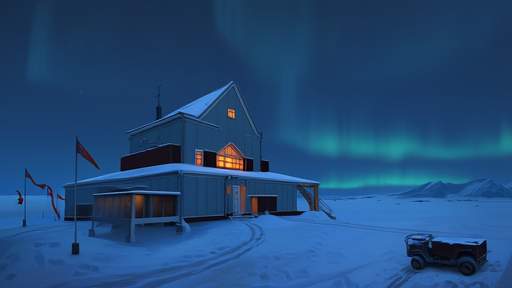
By /Jun 5, 2025
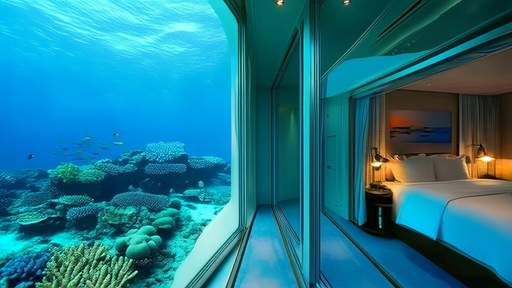
By /Jun 5, 2025
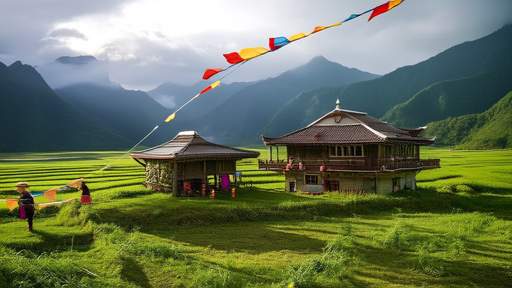
By /Jun 5, 2025

By /Jun 5, 2025
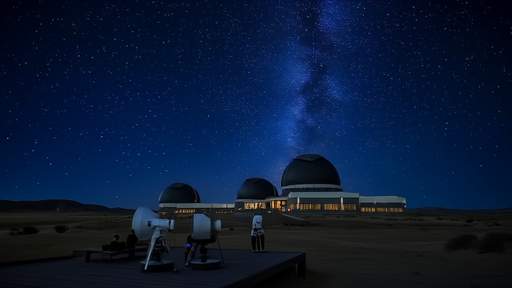
By /Jun 5, 2025
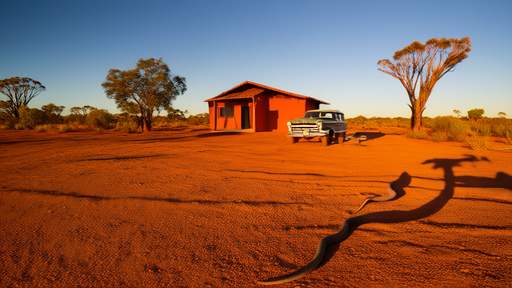
By /Jun 5, 2025

By /Jun 5, 2025

By /Jun 5, 2025
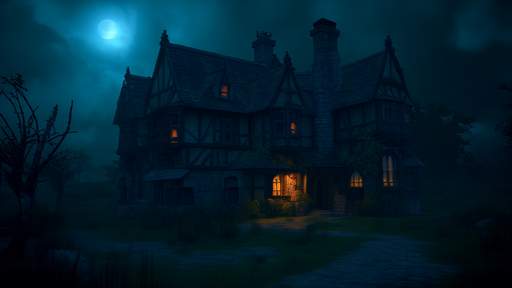
By /Jun 5, 2025